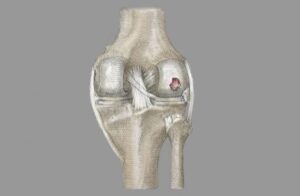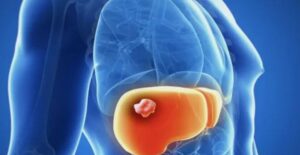CPT (Current Procedural Terminology) codes are a standardized system of medical codes used by healthcare professionals to report medical, surgical, and diagnostic procedures. These codes play a crucial role in medical billing and reimbursement processes. Among the vast array of CPT codes, one of significant importance is CPT code 58100. This article aims to provide a comprehensive understanding of CPT code 58100, its definition, applications, billing implications, and relevance in medical practice.
What is CPT Code 58100?
CPT code 58100 refers to the “Total abdominal hysterectomy (corpus and cervix), with or without removal of tube(s), with or without removal of ovary(s)” procedure. In simpler terms, it involves the surgical removal of the uterus, with or without accompanying structures such as fallopian tubes and ovaries. This procedure is commonly performed to treat various gynecological conditions, including but not limited to uterine fibroids, endometriosis, cancer of the uterus or cervix, and dysfunctional uterine bleeding.
Procedure Details and Techniques
Total abdominal hysterectomy (TAH) involves the removal of the uterus through an incision made in the abdomen. Depending on the patient’s condition and the surgeon’s judgment, additional structures such as the cervix, fallopian tubes, and ovaries may also be removed during the procedure. The surgeon carefully dissects the necessary tissues, ligates blood vessels, and excises the organs while ensuring minimal damage to surrounding structures.
Indications for CPT Code 58100
CPT code 58100 is indicated for various medical conditions where the removal of the uterus and associated structures is deemed necessary for therapeutic or prophylactic purposes. Some common indications include:
- Uterine Fibroids: Large or symptomatic fibroids that cause pain, abnormal bleeding, or pressure symptoms may warrant a total abdominal hysterectomy.
- Uterine or Cervical Cancer: Surgical removal of the uterus and cervix is often part of the treatment protocol for uterine or cervical cancer, especially in advanced stages.
- Endometriosis: Severe cases of endometriosis that do not respond to conservative treatment may require hysterectomy to alleviate symptoms and prevent recurrence.
- Dysfunctional Uterine Bleeding (DUB): In cases of uncontrollable or recurrent DUB that significantly impairs the patient’s quality of life, hysterectomy may be considered as a last resort.
- Prolapse: Severe uterine prolapse, where the uterus descends into the vaginal canal, may necessitate hysterectomy to correct the anatomical abnormality and alleviate symptoms.
Preoperative Evaluation and Patient Counseling
Before performing a total abdominal hysterectomy, thorough preoperative evaluation is essential. To assess the patient’s overall health status, identify any comorbidities, and evaluate the appropriateness of surgical intervention. Additionally, patient counseling plays a crucial role in ensuring informed decision-making regarding the procedure. Patients should be educated about the risks, benefits, and alternatives to hysterectomy. As well as the potential impact on fertility and hormonal status.
Surgical Considerations and Complications
Total abdominal hysterectomy is a major surgical procedure that carries inherent risks and potential complications. Surgical complications may include bleeding, infection, injury to adjacent structures. Such as the bladder or ureters, and adverse reactions to anesthesia. Postoperative complications such as deep vein thrombosis (DVT), pulmonary embolism (PE), and wound dehiscence may also occur. Surgeons must exercise caution and adhere to established surgical protocols. To minimize the risk of complications and ensure optimal patient outcomes.
Postoperative Care and Follow-up
Postoperative care following a total abdominal hysterectomy involves monitoring the patient for signs of complications. Providing adequate pain management, and promoting early mobilization and recovery. Depending on the patient’s condition and the extent of surgery, hospitalization duration may vary. Follow-up appointments are essential for assessing postoperative recovery, addressing any concerns or complications. And providing appropriate guidance for resuming normal activities and managing menopausal symptoms if ovaries were removed.
Billing and Coding Considerations
Proper coding and documentation are essential for accurate billing and reimbursement for CPT code 58100. Medical coders and billers must ensure that all relevant information, including the indication for surgery, procedure details. And any additional services or complications, is accurately documented in the medical record. Additionally, adherence to coding guidelines and regulations set forth by government payers. Such as Medicare and private insurance companies is crucial to avoid billing errors and ensure compliance with healthcare laws and regulations.
Also Read:
Conclusion
CPT code 58100 encompasses a significant surgical procedure with broad applications in the field of gynecology. Understanding the indications, techniques, and implications of total abdominal hysterectomy is essential for healthcare providers. Involved in the management of gynecological conditions. By adhering to established guidelines and protocols. Healthcare professionals can ensure optimal patient care, accurate coding and billing, and favorable surgical outcomes.









